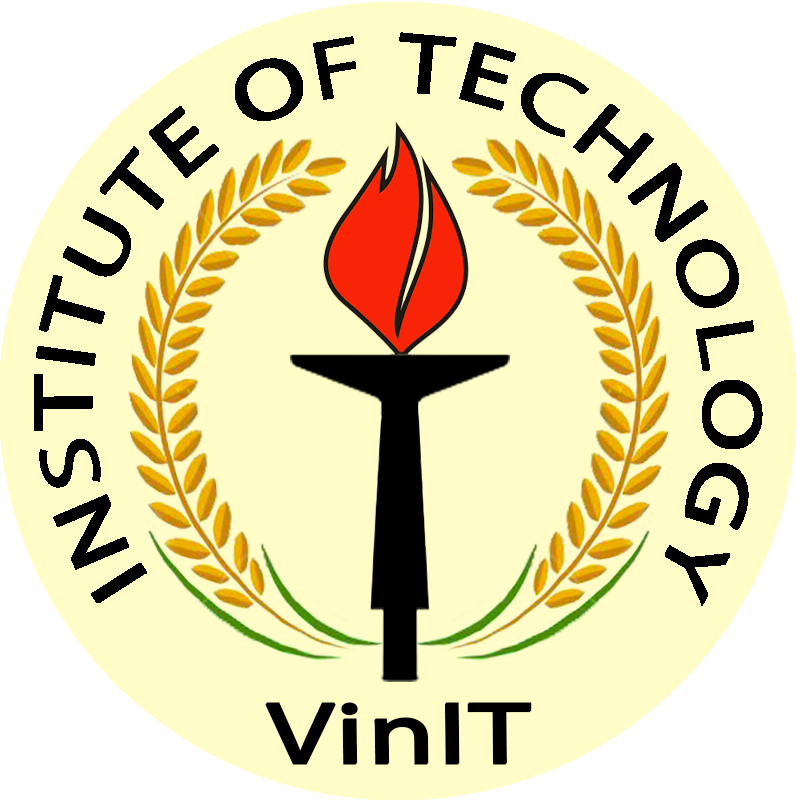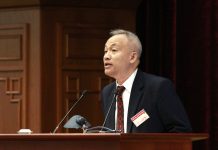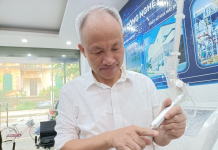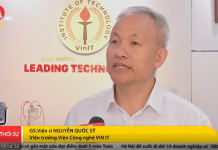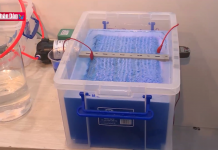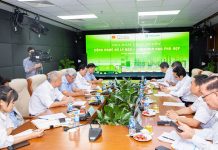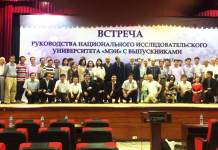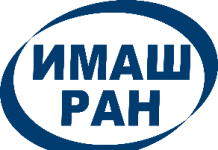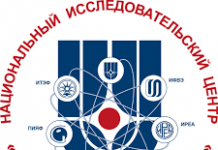The Ioffe Physical-Technical Institute of the Russian Academy of Sciences (for short, Ioffe Institute, Russian: Физико-технический институт им. А. Ф. Иоффе) is one of Russia’s largest research centers specialized in physics and technology. The institute was established in 1918 in Petrograd (now St. Petersburg) and run for several decades by Abram Ioffe. The Institute is a member of the Russian Academy of Sciences.
Present structure of the Institute
As of 2019, the Ioffe institute employs about 1500 people, around 1000 of whom are scientific researchers (including 560 with a PhD degree and 250 with a Doktor Nauk degree). Most of the research staff members are top graduates of the St. Petersburg (former Leningrad) universities.
From 2013 till mid-May 2018 the Ioffe institute was under formal jurisdiction of the Federal Agency for Scientific Organizations (FASO Russia), now it is under jurisdiction of the established in May 2018 Ministry of Science and Higher Education, like all other institutions of the Russian Academy of Sciences (RAS).
The Institute is organized into five divisions:
Center for Nano-Heterostructure Physics
Solid State Electronics
Solid State Physics
Plasma Physics, Atomic Physics and Astrophysics
Physics of Dielectrics and Semiconductors
Each of the divisions includes several laboratories. The institute has its own graduate school and a scientific council. There exists an intensive collaboration with the research and industrial establishments in Russia and worldwide.
The institute publishes four scientific journals: Semiconductors (Russian: Физика и техника полупроводников), Physics of the Solid State (Russian: Физика твёрдого тела) and Technical Physics (journal + letters) (Russian: Журнал технической физики (основной + письма)).
Main scientific achievements
The Ioffe Institute is considered the cradle of Soviet physics. Such outstanding scientists as L. D. Landau, P. L. Kapitsa started their career here, many physicists — among them Y. B. Zeldovich, I. V. Kurchatov, I. E. Tamm — have worked at the Institute for some time.
The research of the Institute covers nearly all fields of the contemporary physics, including the solid-state, semiconductors, quantum electronics, astrophysics, plasma, fluid dynamics, cosmology, nuclear synthesis.
More than 100 employees of the Institute were recognized by awarding the highest prizes and orders of the Soviet Union and of Russia – in particular the Lenin and State Prizes of the USSR, State Prizes of Russia, Government prizes and special prizes of the Soviet/Russian Academy of Sciences.
Twice, the Nobel Prize was awarded for the works performed at the Ioffe Institute. In 1956, academician N. N. Semyonov (together with C. N. Hinshelwood) got the Nobel Prize in Chemistry for a discovery and study of chain reactions: the works were made and published in 1927, when N. N. Semyonov was a staff member of the Institute. In 2000, Zh. I. Alferov, director of the Ioffe Institute at that time, became a Nobel Prize laureate in Physics (together with H. Kroemer and J. Kilby) for the development of semiconductor heterostructures for high-speed optoelectronics.
The Ioffe Institute has played a central role in the development of photovoltaic solar power in Russia and internationally, and thus in the development of renewable energy.
